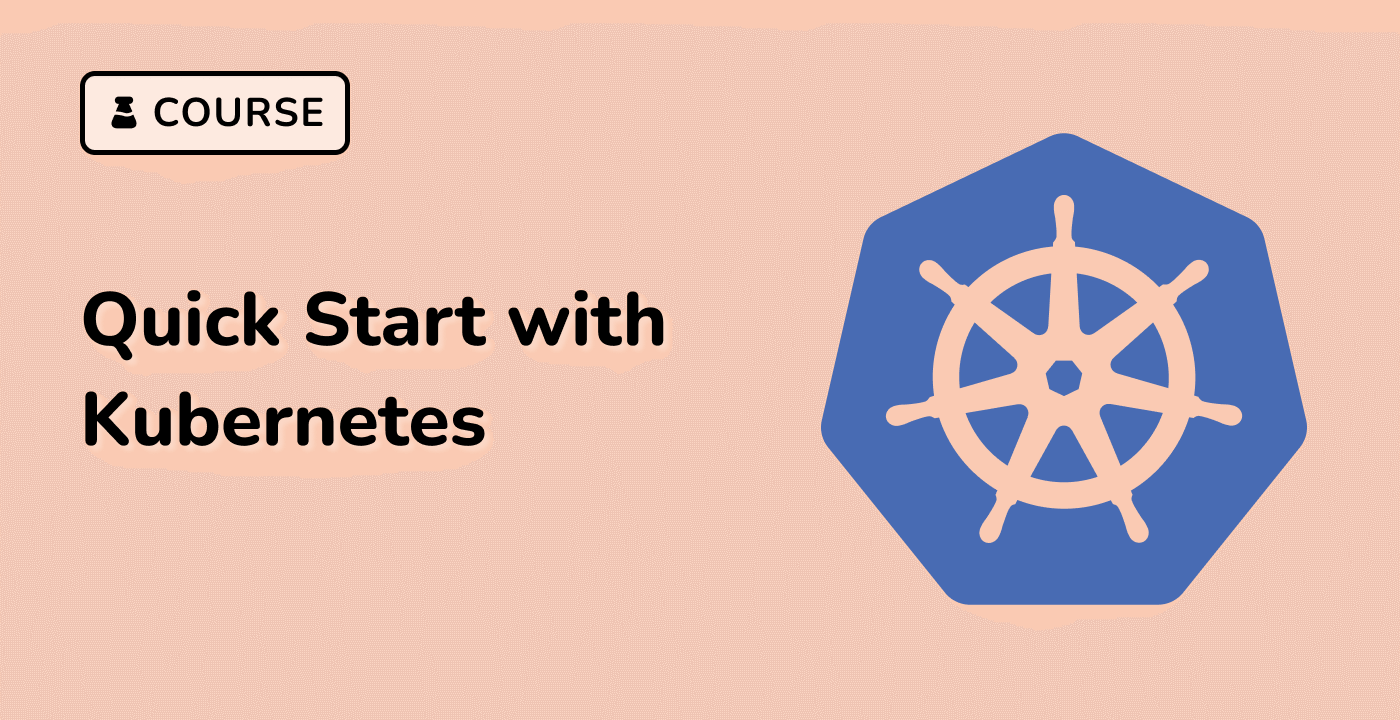Introduction to Kubernetes and CKAD Certification
Kubernetes is an open-source container orchestration platform that has become the de facto standard for managing and deploying containerized applications. It provides a robust and scalable infrastructure for running and managing distributed systems, making it an essential tool for modern software development and deployment.
The Certified Kubernetes Application Developer (CKAD) certification is a performance-based exam that tests an individual's ability to design, build, configure, and expose cloud native applications for Kubernetes. This certification demonstrates the candidate's proficiency in using Kubernetes to deploy, scale, and manage containerized applications.
In this section, we will cover the following topics:
What is Kubernetes?
Kubernetes is a powerful container orchestration system that automates the deployment, scaling, and management of containerized applications. It provides a platform for managing and running distributed systems, allowing developers and operators to focus on building and running their applications rather than managing the underlying infrastructure.
Kubernetes Architecture and Components
Kubernetes is built on a modular architecture, consisting of various components that work together to provide a comprehensive container management solution. We will explore the key components of Kubernetes, such as the API server, controller manager, scheduler, and kubelet, and understand how they interact to manage the lifecycle of containerized applications.
CKAD Certification Overview
The CKAD certification is a performance-based exam that tests a candidate's ability to work with Kubernetes in a hands-on environment. We will discuss the exam format, the core competencies assessed, and the preparation strategies to help you succeed in the CKAD certification.
Benefits of CKAD Certification
Obtaining the CKAD certification demonstrates your expertise in designing, building, and managing Kubernetes-based applications. It can open up new career opportunities, enhance your credibility, and showcase your proficiency in the rapidly growing field of container orchestration and cloud-native development.



